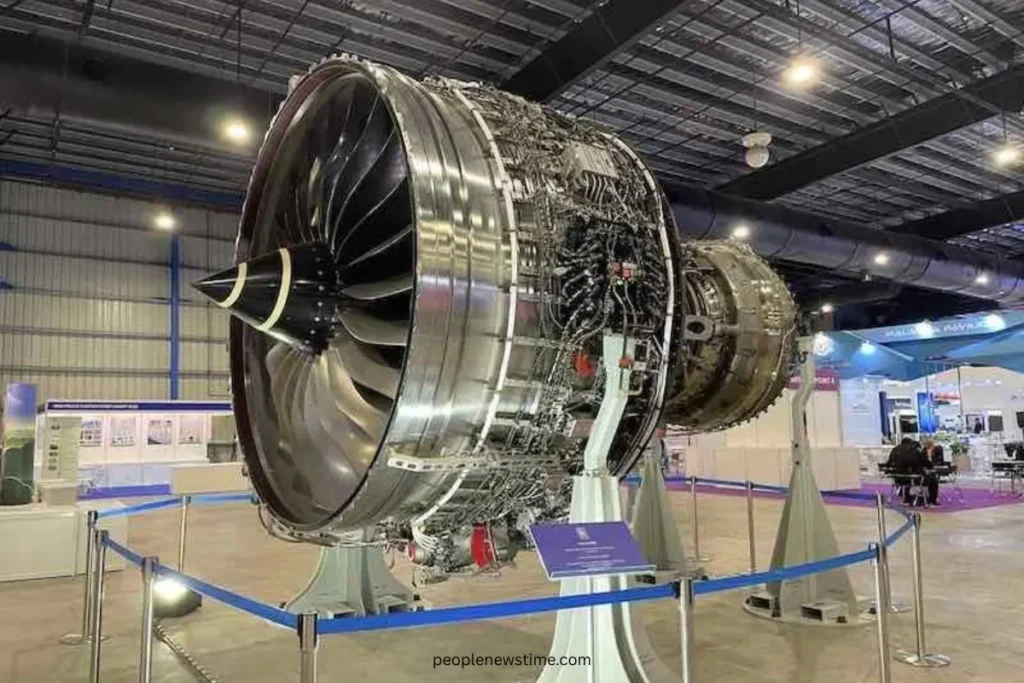With the second annual Aero-Engines Asia-Pacific in late April, this week’s FlightFriday focuses on widebody engine utilization among Asia-Pacific operators. China and India are not included in this analysis of the Asia-Pacific area.
In the first quarter (Q1) of 2025, the Asia-Pacific aviation market faced additional challenges to complete recovery, particularly widebody aircraft utilization. According to the latest data, overall widebody usage in the region has decreased by approximately 10% compared to 2019. This reduction underlines the industry’s ongoing struggles despite other worldwide markets showing stronger signs of recovery following the pandemic. This lag is caused by decreased long-haul international travel and variable regional demand.
One of the main reasons for this dip is a significant reduction in the region’s in-service fleet (ISF). Between Q1 2019 and Q1 2025, the Asia-Pacific ISF contracted by about 5%. This loss of available widebody aircraft limits capacity and route restoration, particularly on international long-haul flights where these aircraft types are critical. Airlines are operating fewer widebody aircraft than previously owing to continuous maintenance cycles, delayed aircraft returns from storage, and cost-cutting initiatives as carriers recover financially.
Furthermore, Asia-Pacific’s recovery pace has been slower than other regions, such as North America and Europe. While these markets have recovered more robustly due to earlier border reopenings and increased domestic demand, Asia-Pacific airlines have faced a patchwork of travel restrictions and a more cautious reopening strategy across many nations. This fragmented approach has made it difficult for airlines to ramp up operations completely, particularly on international routes that rely on consistent and reciprocal travel policies.
Despite these obstacles, there is cautious optimism that widebody usage in the region will progressively increase as more routes are restored and worldwide demand stabilizes. The reactivation of more widebody aircraft and rising consumer confidence in air travel might fuel a stronger recovery in the second half of 2025. However, continued fleet constraints and regional differences in recovery will most certainly continue to impede expansion in the short run.
When broken down by engine manufacturers, Rolls-Royce and General Electric (GE) account for about 90% of all widebody flights operated by Asian airlines. With each accounting for over 45% of Q1 2025 flights, manufacturers generate approximately 38,000 monthly cycles.
The A330’s resumption of service significantly boosted Rolls-Royce, with an increase in aftermarket support and supplies helping maintain its share price high. The Airbus A350 also has a strong presence in the region, and with the A350 powered entirely by the Trent XWB, there is still a long tail of aftermarket support to come. Rolls-Royce presently powers just under 650 widebody aircraft for Asia-Pacific operators.
GE is the region’s second-largest widebody engine provider, with little more than 600 twin-aisles in service. A third of those aircraft are Boeing 777-300ERs, which are widely used in the region and have high utilization rates. Many GE-powered Boeing 747s have been retired or relocated from Asia-Pacific since 2019, with only 30 remaining in service a sign of the times for the thirsty Queen of the Skies.
Pratt & Whitney accounts for around 10% of the usage. With 120 aircraft in service, it accounts for 9% of the total fleet. Powering more of the legacy fleet, this usage will level and decline in the following years.
CFM International continues to power a few Airbus A340 aircraft flying in Asia-Pacific. While many carriers worldwide have replaced these four-engine widebody jets with more fuel-efficient twin-engine aircraft, a handful remain in service for specific long-haul or high-capacity routes. However, their appearance in the sky is becoming more infrequent, mirroring the region’s overall trend of decreased widebody utilization. This tendency is especially significant given the high operating costs and environmental problems connected with earlier widebody models such as the A340.
Read our latest aviation updates!

